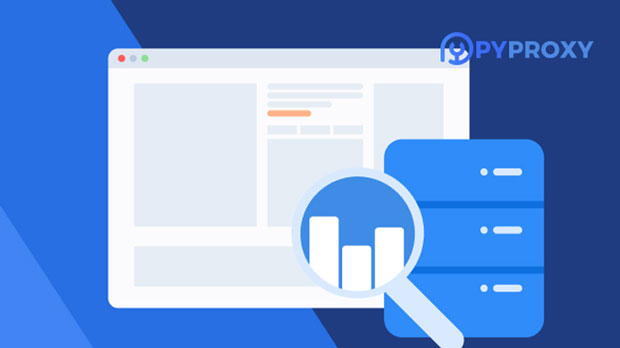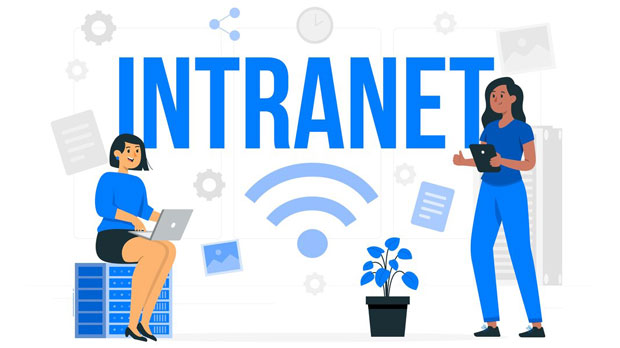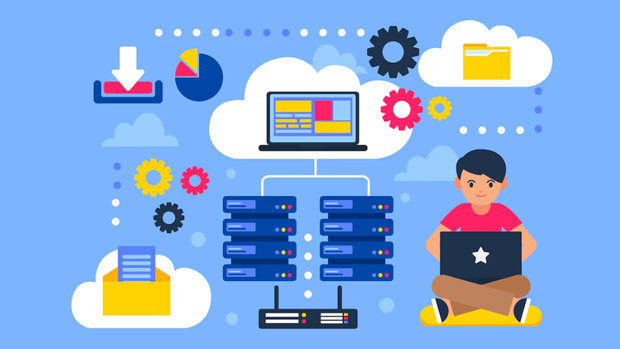The stability of internet proxies in wireless environments plays a crucial role in ensuring smooth and uninterrupted online experiences for users. As wireless technology has become ubiquitous, more people rely on Wi-Fi and mobile data connections to access the internet. However, these wireless connections often face challenges such as signal interference, network congestion, and limited bandwidth, which can impact the performance of internet proxies. In this article, we will explore how internet proxies function in wireless environments, their potential advantages and limitations, and how to optimize proxy performance in these conditions. Introduction to Internet Proxy and Wireless EnvironmentsAn internet proxy acts as an intermediary between a user and the internet. It serves as a gateway for users to access websites, applications, and online services while masking their actual IP address. Proxies are used for various purposes, such as improving security, enhancing privacy, bypassing geo-restrictions, and optimizing internet performance.Wireless environments, on the other hand, refer to network setups that rely on radio waves for data transmission, such as Wi-Fi and mobile data. These environments are prone to issues like interference, signal degradation, and reduced bandwidth, especially when there are multiple devices or users connected to the same network.The combination of internet proxies and wireless networks creates a dynamic that requires an understanding of both technologies to fully optimize the user experience. In wireless environments, proxies must be able to cope with the inherent instability of wireless networks while maintaining their primary function of enhancing internet security and privacy.Challenges to Stability in Wireless EnvironmentsWireless networks, despite their convenience and widespread availability, are susceptible to various challenges that can affect the stability of internet proxies. Below are some of the primary challenges:1. Signal InterferenceSignal interference is one of the most common issues in wireless environments. Wireless signals can be disrupted by physical barriers, other electronic devices, and competing networks. When a wireless signal is weak or unstable, the performance of an internet proxy can degrade, leading to slow internet speeds, connection drops, or failed requests. Proxies rely on a consistent and reliable network connection to function effectively. Therefore, in areas with high interference, the stability of proxies is likely to be compromised.2. Bandwidth LimitationsWireless networks typically offer less bandwidth compared to wired connections, and bandwidth can fluctuate depending on various factors such as network congestion and the number of connected devices. When the available bandwidth is limited, internet proxies may struggle to maintain optimal performance, leading to slower data transfer rates, longer loading times, and reduced efficiency. This issue is especially significant in environments where multiple users are accessing the internet simultaneously.3. Network CongestionWireless networks are often shared among multiple devices, which can lead to network congestion. This occurs when too many users or devices are trying to use the network simultaneously, causing a decrease in the overall bandwidth available. For internet proxies, congestion can result in delays and increased latency, affecting the user’s browsing experience. In highly congested environments, proxies may struggle to handle multiple requests in a timely manner, which can lead to slower response times and decreased stability.4. Mobility and RoamingAnother challenge specific to wireless environments is mobility. Users often move between different access points or change their locations, which can cause disruptions in the network connection. For example, when a device roams from one Wi-Fi hotspot to another, it may experience brief connection losses or delays. Since proxies are dependent on a stable connection, such disruptions can negatively impact their ability to provide a smooth browsing experience.Factors Affecting Proxy Performance in Wireless NetworksSeveral factors influence the performance and stability of internet proxies in wireless environments. These factors include:1. Proxy Server LocationThe geographical location of the proxy server plays a significant role in determining the stability and performance of the connection. If the proxy server is located far from the user’s location, it may result in higher latency and slower response times, especially in wireless environments where network conditions are less predictable. To minimize this issue, users can opt for proxies that are geographically closer to their location.2. Proxy TypeDifferent types of proxies, such as HTTP proxies, SOCKS proxies, and VPNs, have varying levels of efficiency and stability in wireless environments. For example, VPNs may experience more instability due to their encryption overhead, especially on wireless networks with limited bandwidth. HTTP proxies, on the other hand, might offer faster performance, but they may not provide the same level of security and privacy as VPNs. Selecting the right proxy type based on specific needs can significantly impact performance.3. Wireless Network QualityThe overall quality of the wireless network is another important factor that affects proxy performance. High-quality Wi-Fi networks with strong signals and low levels of interference will provide a more stable connection for proxies to function effectively. Conversely, low-quality wireless networks with weak signals or interference will lead to proxy instability and degraded performance. Therefore, ensuring that the wireless network is optimized for performance is key to maintaining stable proxy operations.Strategies for Optimizing Proxy Performance in Wireless EnvironmentsWhile the challenges associated with wireless networks can affect proxy stability, several strategies can be employed to optimize performance:1. Use a Reliable Proxy ServiceChoosing a reputable and reliable proxy service is one of the most important steps in ensuring stability in wireless environments. High-quality proxy providers often have robust infrastructure, multiple server locations, and high bandwidth to ensure consistent performance. Opting for a premium proxy service can help mitigate issues related to latency, connection drops, and network congestion.2. Optimize Wireless Network SettingsUsers can take several steps to optimize their wireless network settings for better proxy performance. This includes choosing less congested channels, reducing interference from other electronic devices, and ensuring the router is placed in an optimal location for signal strength. Additionally, using dual-band routers that operate on both the 2.4 GHz and 5 GHz bands can help reduce congestion and improve overall network performance.3. Use Proxy Load BalancingIn high-traffic environments, using load balancing techniques for proxies can help distribute traffic more evenly across multiple servers. This approach can reduce the burden on individual proxy servers, improving overall stability and performance, especially in wireless environments where congestion is common.4. Monitor Network PerformanceRegularly monitoring network performance can help identify potential issues before they affect proxy stability. Tools that track network speed, latency, and packet loss can provide valuable insights into the overall health of the wireless network and the performance of the internet proxy. By addressing issues proactively, users can maintain stable proxy connections in wireless environments.The stability of internet proxies in wireless environments is influenced by various factors such as signal interference, bandwidth limitations, network congestion, and mobility. To ensure optimal proxy performance, users must address these challenges by selecting the right proxy services, optimizing network settings, and employing strategies such as proxy load balancing and regular performance monitoring. By taking these measures, users can maintain a stable and efficient browsing experience even in the dynamic and sometimes unpredictable conditions of wireless networks.
Sep 09, 2025



































































